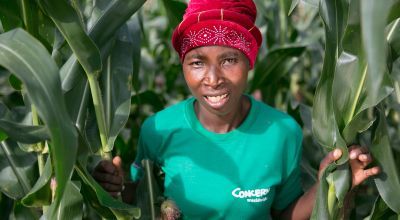
Read our 2023 annual report

Knowledge Hub
More and more, discussions of food security and ending hunger have included mention of “food sovereignty.” Learn more about what that means, why it’s become popular, and how it works.
Food sovereignty is defined as “the right to healthy and culturally-appropriate food, produced through ecologically sound and sustainable methods.”
The term was coined by La Via Campesina, an international organisation comprising farmers, indigenous people, pastoralists, migrant and landless farmworkers, and small- and medium-size farmers. They came up with it in 1996, at a time where international and industrial food systems were harming food security prospects around the world. Agricultural workers were being exploited, communities were being displaced, and hunger levels were rising in many areas.
Food sovereignty doesn’t just ensure that food is available and accessible to communities. It prioritises community as the centre of food systems, from production to consumption, while focusing on four key factors (as outlined by Wendy Geza and Mendy Ndlovu in the 2023 Global Hunger Index): people and their rights, the quality of food, the cultural aspects of food systems, and the environment.
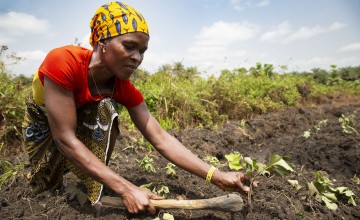
The six pillars of food sovereignty
In 2007, 500 representatives from the organisations that form La Via Campesina (representing 80 countries) met in Mali for the Nyéléni International Forum on Food Sovereignty in Mali. This led to the International Declaration for Food Sovereignty (also known as the Declaration of Nyéléni), which outlined six principles of food sovereignty:
1. Focus on food for people
Healthy, sufficient, and culturally-appropriate food is not a commodity. It is a universal human right for all people. This includes people living under occupation or in conflict zones and people who are otherwise marginalised. The universal right to food must be at the centre of relevant policies.
2. Value food providers
People who cultivate, grow, and process food — including small-scale farmers, pastoralists, fishers, migrants, and indigenous people — are too often undervalued, financially and otherwise. They must be treated as integral parts of these food systems.
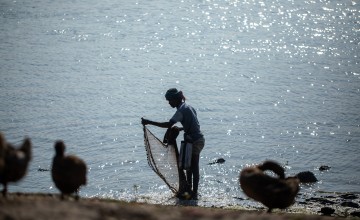
3. Localise food systems
Food sovereignty was developed as a solution to international food systems, which separates providers with consumers, often to both of their detriments. By localising food systems, we can place both providers and consumers at the centre of food systems, reduce waste and unhealthy or inappropriate food options, and overall make food systems more sustainable. This doesn’t mean cutting international support, but rather focusing on community-led systems.
For instance, food aid rations are often essential during humanitarian crises. However, when food aid packages are designed in another country without any interaction with the community receiving these packages, they can do as much harm as good. Exporting staples like flour, corn, or rice to a country where it is already produced can destabilise the local economy (in these cases, food vouchers are a better way of supporting local markets) and create dependencies on rations. There have also been instances of expired supplies being sent or food that doesn’t match a community’s dietary restrictions or preferences.
4. Localise control over those food systems
This includes control over land, water, seeds, livestock, and fish populations, ensuring that people who work with those resources are able to use and share them in sustainable ways. Often, these resources cross international borders, and this also ensures that communities across those borders can work together to steward the land and provides for systems of conflict resolution among those communities.
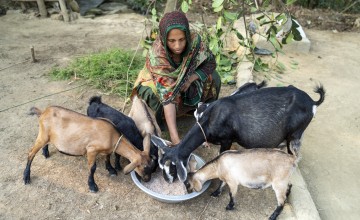
5. Build knowledge and skills
Local food providers and organisations have skills and knowledge that can help to conserve resources and develop local food systems. Food sovereignty supports sharing of this knowledge between generations and prioritises these methods in developing food systems over time.
6. Work with nature
Food systems are dependent on nature. In the face of increasing natural disasters, it is therefore essential to work with the changes presented by the climate crisis, both to encourage good harvests and overall food availability in the short-term and to ensure that land and other resources will still be available in the long-term.
Why is all of this important?
In their essay for Concern Worldwide and Welthungerhilfe’s 2023 Global Hunger Index, Wendy Geza and Mendy Ndlovu (of the University of KwaZulu-Natal's Centre for Transformative Agricultural and Food Systems) write that a lack of food sovereignty is “one of the greatest weaknesses of current food systems.”
This lack has been brought about by a number of factors — from poor governance and the legacy of colonialism to some of the negative effects of the Green Revolution — and has resulted in indigenous and local farming knowledge being lost and fewer people participating in their local food systems.
Many farmers have limited control over what they plant based on what seeds are available, which has led to many native crops becoming neglected. Seed laws often prohibit the best crops from being planted. While introducing major, high-yielding crops to different communities helped to reduce global hunger levels between 1990 and 2017, things have been on the rise since then, especially around malnutrition.
“By robbing people of their livelihoods, food and nutrition security, and food sovereignty, these monopolised and restrictive legal frameworks threaten the human rights of all — especially those in marginalised settings and youth, as they stand to suffer the consequences of these actions for years to come,” write Geza and Ndlovu.
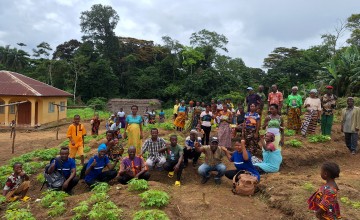
Does food sovereignty work?
That’s a bit more complicated. Geza and Ndlovu write that systems rooted in food sovereignty’s principles “may constitute a sustainable solution to current food and nutrition challenges and a path out of poverty and hunger for vulnerable populations.” However, they add that this will only work if these systems are “supported, promoted, and extended.”
That’s a big if. Writing for Columbia University’s Journal of International Affairs in 2024, Marsha Echols notes that “food sovereignty collides with longstanding free trade principles.” While governments have taken steps towards food sovereignty, they also have to take care not to interfere with trade measures. Restrictions on exports can tread a fine line, legally, and also create supply issues in other countries depending on international trade for basics.
One example Echols cites is from India, one of the world’s largest exporters of rice. The country temporarily restricted exports in 2023 on rice (as well as onions) to ensure these staples were adequately available domestically first. Restrictions included a minimum export price on rice and a 20% duty on exports. This led to prices increasing by as much as 22% in certain international markets.
Local food security was improved, and India also provided some exceptions for both rice and onion exports on individual bases. However, with many countries dependent on just a handful of nations for a staple like rice (especially in 2023, when the Horn of Africa crisis was still in effect and further grain exports were hindered by the conflict in Ukraine), it wasn’t a smooth process. Echols notes that this is one of the biggest drawbacks for greater acceptance of food sovereignty “because of its expansive scope and acceptance of occasional trade restrictions.”
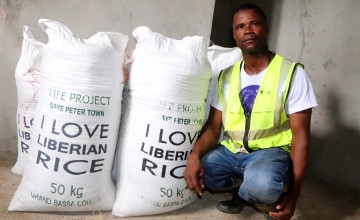
A catch-22 with critical consequences
Yet it’s circumstances like the Horn of Africa crisis and conflict in Ukraine that underscore why food sovereignty is so critical to cultivate: Reducing dependencies on international systems should allow regions to maintain food security through natural and man-made disasters.
The challenge becomes how governments can work globally to act locally. “As climate change, conflicts, and other major challenges to food availability and access impact people and pressure governments to act, more countries might employ trade measures to create a more national food landscape that is more responsive to national food needs and culture,” Echols writes.
“Such an approach also supports human rights for marginalised groups, which are currently being sidelined by the design of food and seed systems,” add Geza and Ndlovu. “Innovations are needed to achieve inclusive, sustainable food systems and food sovereignty for all within planetary boundaries. Youth, as the inheritors of injustice, have the potential to drive these innovations.”
It’s a delicate balance, but one that could be a game-changer in the fight against hunger.




